Museum at the Robert Koch Institute
The Public Health Visitor Centre
Date: 01/04/2025
The museum at the Nordufer site shows how the Robert Koch Institute researches risks and protective factors for the health of the population and which relevance the ideas and discoveries of Robert Koch and his scholars still have.
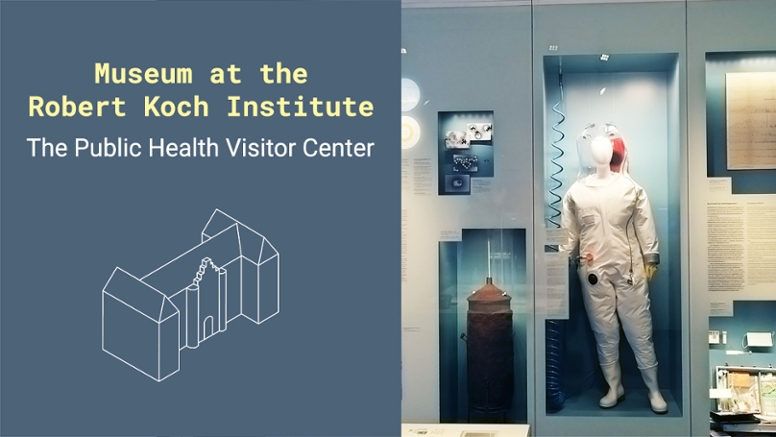 Video tour on YouTube through the Museum at the Robert Koch Instiute.
Video tour on YouTube through the Museum at the Robert Koch Instiute.
Video tour through the Museum at the RKI on YouTube.
At present, the museum can only be visited by groups by appointment.
Nordufer 20
D-13353 Berlin
Germany
The Robert Koch Institute focuses on the health of the population - public health. The scientists research diseases, assess risks and make recommendations on how to protect and improve the health of people in Germany.
A special feature of the RKI is its modern museum and public health visitor centre. Across 180 m², exhibits from the Institute's daily work today, but also from Robert Koch's estate, can be seen - An incubator from the 19th century and a protective suit from the modern high-security laboratory.
When the museum reopens, guests and visitors will be able to learn more and come into dialogue with us about Robert Koch's work, the history of the Institute and our current tasks.
Our guests include scientists from all over the world, network partners, political representatives, media, but also interested citizens. You are all invited to visit the museum at the next opportunity, to take part in our guided tours and to use our interactive offers.
A museum is a place for learning, networking and science communication
The museum is located at the historic site at Nordufer 20 in Berlin Wedding. The physician and microbiologist Robert Koch worked here for many years and, together with his colleagues, developed ground-breaking findings on pathogens and their epidemiology. This earned him and his institute international recognition.
Robert Koch and his scholars were the pioneers of today's biomedical research. However, the sometimes very questionable aspects of Robert Koch's work are also discussed.
Projects
Wastewater monitoring
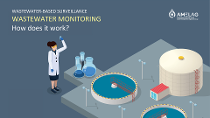
In Germany, wastewater monitoring is used in addition to existing systems for disease surveillance. One of the aims is to assess the spread of infectious diseases in order to be able to take measures to protect the population. Wastewater monitoring can help to recognise outbreaks, assess their extent and uncover their origin. Click on "more" to open the one-pager on a new page. more
Playing in the museum
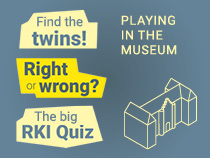
Boredom is a thing of the past. Where are the twins? True or false? What are the correct answers to the big RKI quiz? Click on "more" to open the games on a new page. And play yourself smart. Have fun! more
Audioguide in English, German and French
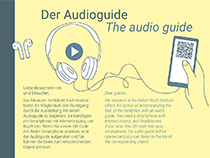
The museum and Public Health Visitor Center at the Robert Koch Institute offers the option of accompanying the tour of the exhibition with an audio guide. You need a smartphone with internet access and headphones.Clicking on "more" opens the audio guide on a new page. more
Special exhibitions & projects at the RKI Museum
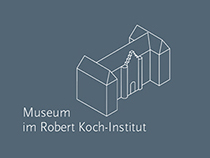
The museum and public health visitor center at the RKI also regularly carries out special exhibitions and projects in cooperation with national and international partners, including the Wellcome Trust, the Science Gallery Bengaluru or, for example, the Museum für Naturkunde, Berlin. more
Remembering: Brochure and podcast series
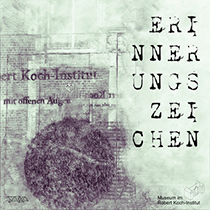
At least twelve scientists and assistants had to leave the Robert Koch Institute in the spring of 1933 because of their Jewish background. We have developed a podcast series so that their names and fates are remembered. You can order the bilingual book that accompanies the series here free of charge. It contains German and English texts as well as photos and other documents. more










